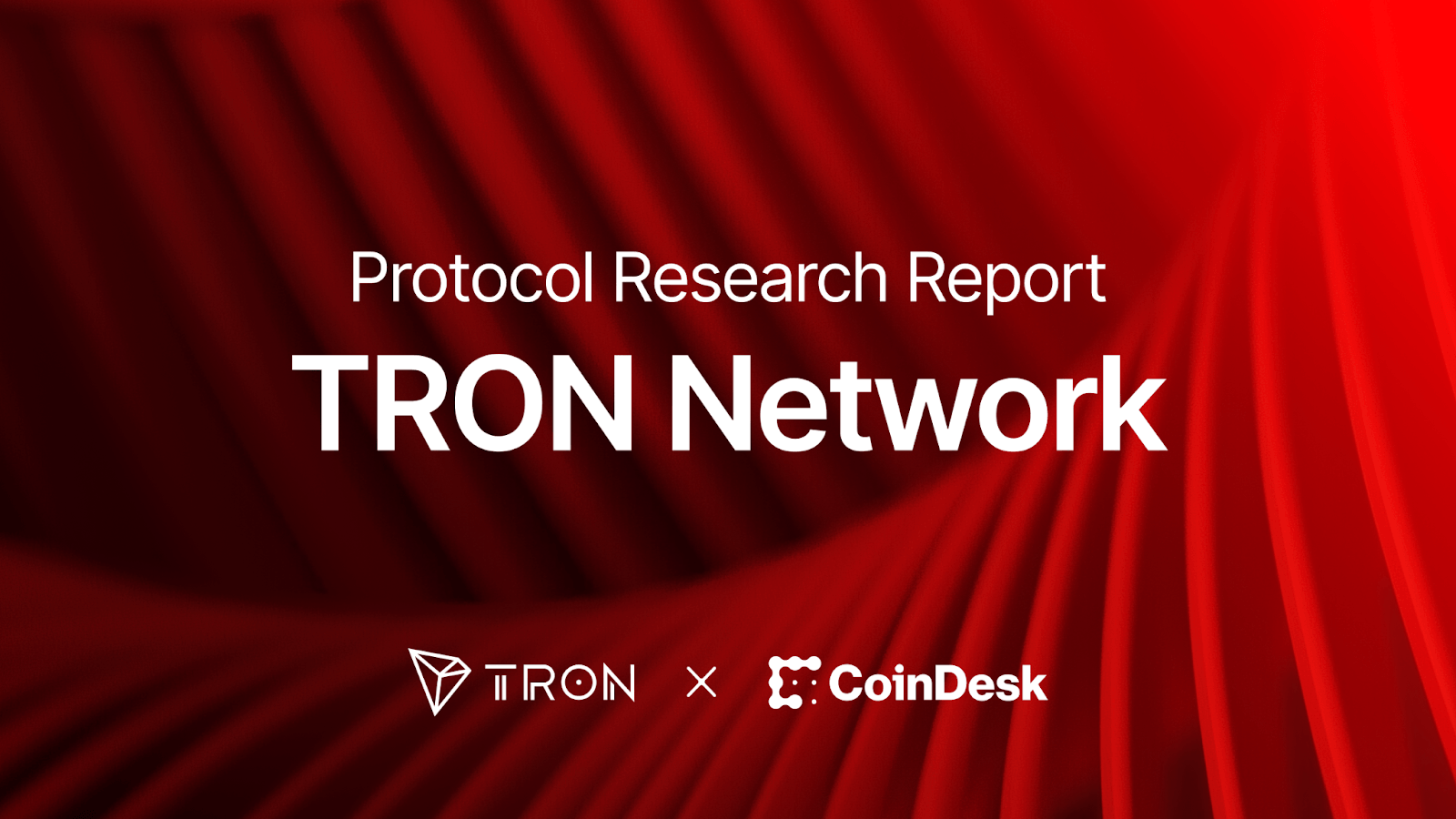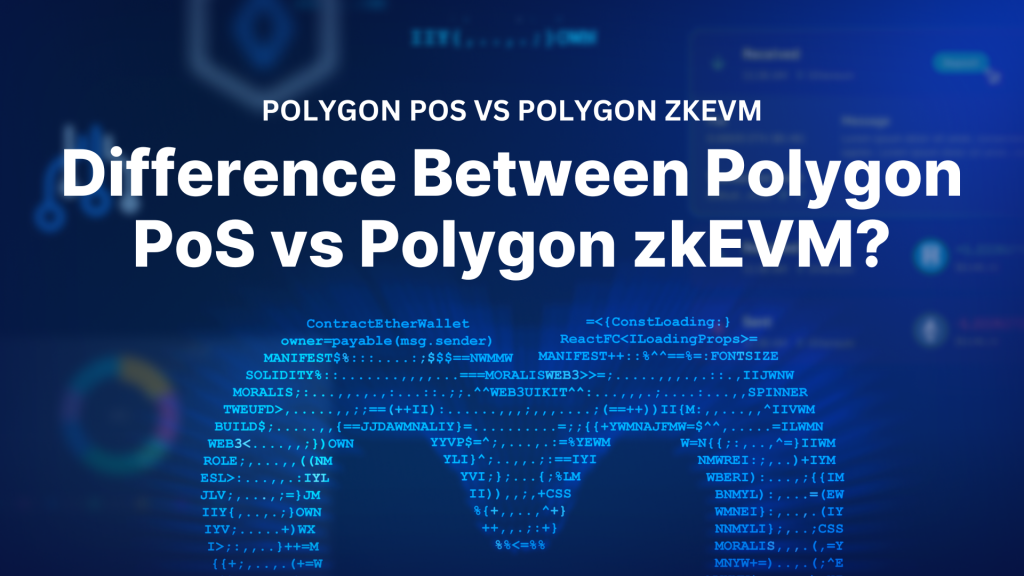In the past,
cryptocurrency mining has depended on the power-hungry Proof-of-Work (PoW)
consensus process. Alternative mining techniques, on the other hand, that offer
scalability, energy efficiency, and minimal environmental impact, have recently
attracted more attention. Proof-of-Stake (PoS) and Proof-of-Authority (PoA) are
two well-known alternatives that are gaining popularity.
The potential
for various mining options to disrupt the bitcoin ecosystem is examined in this
article along with their distinctive features. Readers can get comprehension of
the advantages and factors of PoS and PoA and learn more about the developing
field of bitcoin mining.
Proof-of-Stake
(PoS) Is Growing
An alternative
consensus technique that differs greatly from PoW is called Proof-of-Stake
(PoS). The PoS system bases the act of adding new blocks and validating
transactions on the possession of a cryptocurrency. Validators are chosen based
on the number of coins they hold and are willing to “stake” or
“lock up” as collateral, as opposed to miners competing on processing
power.
PoS’s energy
efficiency is one of its main benefits. In contrast to PoW, which necessitates
powerful computing power, PoS is supported by the financial stake of players.
As a result, mining activities have a substantially smaller carbon impact,
allaying environmental concerns.
Keep Reading
Another
advantage of PoS is the possibility of greater scalability. Validators are not
constrained by computing power or specialized gear because they are chosen
based on their stake. PoS-based blockchains can handle more transactions per
second thanks to its scalability, which improves the capacity and efficiency of
the network.
PoS also promotes
long-term investment and lessens the possibility of 51% attacks. As any
malicious activity would result in a loss of their investment, validators with
a sizable stake in the network are motivated to act in its best interests. This
incentive alignment improves network integrity and security.
Proof-of-Authority
(PoA)
Another mining
option is Proof-of-Authority (PoA), which has distinct advantages in particular
use scenarios. Instead than relying on computational power or stake ownership,
PoA pre-approves and identifies block validators based on their reputation and
authority. These validators are frequently regarded as trustworthy
institutions, such as reputable businesses or people.
PoA offers
greater scalability because transactions can be executed fast by validators who
have already been accepted. This makes it appropriate for private networks and
enterprise blockchains where consensus is formed by trusted parties rather than
by anonymous miners. PoA also provides greater transaction finality because
validators’ authority lessens the possibility of forks or disagreements.
Since PoA
reduces the need for resource-intensive mining processes, energy efficiency is
increased and prices are decreased. PoA blockchains can run on less powerful
hardware because they don’t require sophisticated computations, making them
more accessible and affordable to maintain.
Factors to
Consider and Challenges
PoS and PoA
have many benefits, but they also have certain drawbacks. The possibility for
centralization is one issue. Decentralization in PoS may be compromised if a
small number of participants control a large portion of the network due to
wealth concentration. Similar to this, PoA depends on trusted parties, which,
if not well handled, could lead to centralization issues.
The change from
PoW to PoS or PoA presents another difficulty. To integrate these options,
existing blockchains based on PoW consensus would need substantial upgrades and
community support. Additionally, because early adopters may have a large benefit,
guaranteeing a fair distribution of ownership or authority can be challenging.
Additionally,
the reliability and honesty of validators or authorities play a critical role
in the security of PoS and PoA systems. PoS requires robust protocols and
methods to mitigate vulnerabilities like “nothing at stake attacks”
and “long-range attacks” to stop bad conduct.
Additionally,
it can be difficult for the larger bitcoin community and industry stakeholders
to adapt and accept PoS and PoA. To ensure understanding, trust, and wide
adoption as these alternatives gain popularity, education and awareness
initiatives are required.
Exploring
Alternatives to PoS and PoW Mining in the Cryptocurrency Space
As the industry
continues to evolve, alternative consensus algorithms have emerged, offering
different approaches to validating transactions and securing blockchain
networks.
The suitability
of each consensus mechanism depends on the specific requirements of a
blockchain network and the goals of its participants. Nonetheless, it is
essential to consider factors such as security, scalability, decentralization,
and the unique characteristics of the cryptocurrency project when evaluating
alternatives to PoS and PoW.
Ultimately, the
exploration and adoption of alternative consensus mechanisms contribute to the
ongoing innovation and evolution of the blockchain ecosystem.
Delegated Proof of Stake (DPoS)
Delegated Proof
of Stake (DPoS) is a consensus mechanism that combines the advantages of PoS
with a more efficient and scalable approach. In a DPoS system, token holders
elect a limited number of delegates or witnesses to validate transactions and
produce blocks on their behalf. These delegates are responsible for maintaining
network security and reaching consensus.
DPoS offers
several benefits, including increased transaction speed and scalability, as the
number of validating nodes is limited. Additionally, DPoS allows token holders
to participate in network governance by voting for delegates, promoting
community engagement and decentralization.
Proof of Authority (PoA)
Proof of
Authority (PoA) is a consensus mechanism that relies on identified and trusted
validators rather than anonymous miners. In a PoA system, validators are
selected based on their reputation, expertise, or authority within the network.
These validators are responsible for validating transactions and maintaining network
security.
PoA offers
advantages such as fast block confirmation times and high throughput, as there
is no need for computationally intensive mining processes. However, PoA systems
are typically more centralized compared to PoS or PoW, as the validators’
identities are known, potentially compromising the level of decentralization.
Proof of Capacity (PoC)
Proof of
Capacity (PoC), also known as Proof of Space, is a consensus mechanism that
utilizes available storage space rather than computational power. In a PoC
system, participants allocate their unused hard drive space to store
cryptographic proofs. The ability to present a valid proof allows participants
to mine new blocks and secure the network.
PoC offers
advantages in terms of energy efficiency and accessibility, as it requires less
computational power compared to PoW. It also allows individuals with lower-end
hardware to participate in the mining process. However, PoC systems may require
a significant amount of initial disk space allocation, and their security is
dependent on the size and quality of the storage capacity.
Proof of Elapsed Time (PoET)
Proof of
Elapsed Time (PoET) is a consensus mechanism that aims to achieve fairness and
energy efficiency by allowing participants to “sleep” for a randomly
selected period, similar to a lottery. Participants are assigned a time slot
during which they are expected to remain inactive. The participant who
completes their time slot first is granted the right to mine the next block.
PoET offers
advantages in terms of energy efficiency, as it eliminates the need for
computational competition and reduces the overall energy consumption. However,
PoET systems still require participants to remain online during their time
slots, which can introduce centralization concerns.
Conclusion
Blockchain
technology is still evolving, as evidenced by the growing interest in
cryptocurrency mining alternatives like Proof-of-Stake (PoS) and
Proof-of-Authority (PoA). Compared to the standard Proof-of-Work (PoW) method,
these alternatives are more environmentally friendly, have greater scalability,
and are more energy efficient. PoS and PoA offer special advantages such
improved network security, transaction finality, and less resource usage.
However, difficulties with implementation, security, and centralization must be
properly addressed. The adoption of these mining substitutes has the potential
to transform the sector and open the door for more resilient and effective
blockchain networks as the bitcoin landscape continues to change.
In the past,
cryptocurrency mining has depended on the power-hungry Proof-of-Work (PoW)
consensus process. Alternative mining techniques, on the other hand, that offer
scalability, energy efficiency, and minimal environmental impact, have recently
attracted more attention. Proof-of-Stake (PoS) and Proof-of-Authority (PoA) are
two well-known alternatives that are gaining popularity.
The potential
for various mining options to disrupt the bitcoin ecosystem is examined in this
article along with their distinctive features. Readers can get comprehension of
the advantages and factors of PoS and PoA and learn more about the developing
field of bitcoin mining.
Proof-of-Stake
(PoS) Is Growing
An alternative
consensus technique that differs greatly from PoW is called Proof-of-Stake
(PoS). The PoS system bases the act of adding new blocks and validating
transactions on the possession of a cryptocurrency. Validators are chosen based
on the number of coins they hold and are willing to “stake” or
“lock up” as collateral, as opposed to miners competing on processing
power.
PoS’s energy
efficiency is one of its main benefits. In contrast to PoW, which necessitates
powerful computing power, PoS is supported by the financial stake of players.
As a result, mining activities have a substantially smaller carbon impact,
allaying environmental concerns.
Keep Reading
Another
advantage of PoS is the possibility of greater scalability. Validators are not
constrained by computing power or specialized gear because they are chosen
based on their stake. PoS-based blockchains can handle more transactions per
second thanks to its scalability, which improves the capacity and efficiency of
the network.
PoS also promotes
long-term investment and lessens the possibility of 51% attacks. As any
malicious activity would result in a loss of their investment, validators with
a sizable stake in the network are motivated to act in its best interests. This
incentive alignment improves network integrity and security.
Proof-of-Authority
(PoA)
Another mining
option is Proof-of-Authority (PoA), which has distinct advantages in particular
use scenarios. Instead than relying on computational power or stake ownership,
PoA pre-approves and identifies block validators based on their reputation and
authority. These validators are frequently regarded as trustworthy
institutions, such as reputable businesses or people.
PoA offers
greater scalability because transactions can be executed fast by validators who
have already been accepted. This makes it appropriate for private networks and
enterprise blockchains where consensus is formed by trusted parties rather than
by anonymous miners. PoA also provides greater transaction finality because
validators’ authority lessens the possibility of forks or disagreements.
Since PoA
reduces the need for resource-intensive mining processes, energy efficiency is
increased and prices are decreased. PoA blockchains can run on less powerful
hardware because they don’t require sophisticated computations, making them
more accessible and affordable to maintain.
Factors to
Consider and Challenges
PoS and PoA
have many benefits, but they also have certain drawbacks. The possibility for
centralization is one issue. Decentralization in PoS may be compromised if a
small number of participants control a large portion of the network due to
wealth concentration. Similar to this, PoA depends on trusted parties, which,
if not well handled, could lead to centralization issues.
The change from
PoW to PoS or PoA presents another difficulty. To integrate these options,
existing blockchains based on PoW consensus would need substantial upgrades and
community support. Additionally, because early adopters may have a large benefit,
guaranteeing a fair distribution of ownership or authority can be challenging.
Additionally,
the reliability and honesty of validators or authorities play a critical role
in the security of PoS and PoA systems. PoS requires robust protocols and
methods to mitigate vulnerabilities like “nothing at stake attacks”
and “long-range attacks” to stop bad conduct.
Additionally,
it can be difficult for the larger bitcoin community and industry stakeholders
to adapt and accept PoS and PoA. To ensure understanding, trust, and wide
adoption as these alternatives gain popularity, education and awareness
initiatives are required.
Exploring
Alternatives to PoS and PoW Mining in the Cryptocurrency Space
As the industry
continues to evolve, alternative consensus algorithms have emerged, offering
different approaches to validating transactions and securing blockchain
networks.
The suitability
of each consensus mechanism depends on the specific requirements of a
blockchain network and the goals of its participants. Nonetheless, it is
essential to consider factors such as security, scalability, decentralization,
and the unique characteristics of the cryptocurrency project when evaluating
alternatives to PoS and PoW.
Ultimately, the
exploration and adoption of alternative consensus mechanisms contribute to the
ongoing innovation and evolution of the blockchain ecosystem.
Delegated Proof of Stake (DPoS)
Delegated Proof
of Stake (DPoS) is a consensus mechanism that combines the advantages of PoS
with a more efficient and scalable approach. In a DPoS system, token holders
elect a limited number of delegates or witnesses to validate transactions and
produce blocks on their behalf. These delegates are responsible for maintaining
network security and reaching consensus.
DPoS offers
several benefits, including increased transaction speed and scalability, as the
number of validating nodes is limited. Additionally, DPoS allows token holders
to participate in network governance by voting for delegates, promoting
community engagement and decentralization.
Proof of Authority (PoA)
Proof of
Authority (PoA) is a consensus mechanism that relies on identified and trusted
validators rather than anonymous miners. In a PoA system, validators are
selected based on their reputation, expertise, or authority within the network.
These validators are responsible for validating transactions and maintaining network
security.
PoA offers
advantages such as fast block confirmation times and high throughput, as there
is no need for computationally intensive mining processes. However, PoA systems
are typically more centralized compared to PoS or PoW, as the validators’
identities are known, potentially compromising the level of decentralization.
Proof of Capacity (PoC)
Proof of
Capacity (PoC), also known as Proof of Space, is a consensus mechanism that
utilizes available storage space rather than computational power. In a PoC
system, participants allocate their unused hard drive space to store
cryptographic proofs. The ability to present a valid proof allows participants
to mine new blocks and secure the network.
PoC offers
advantages in terms of energy efficiency and accessibility, as it requires less
computational power compared to PoW. It also allows individuals with lower-end
hardware to participate in the mining process. However, PoC systems may require
a significant amount of initial disk space allocation, and their security is
dependent on the size and quality of the storage capacity.
Proof of Elapsed Time (PoET)
Proof of
Elapsed Time (PoET) is a consensus mechanism that aims to achieve fairness and
energy efficiency by allowing participants to “sleep” for a randomly
selected period, similar to a lottery. Participants are assigned a time slot
during which they are expected to remain inactive. The participant who
completes their time slot first is granted the right to mine the next block.
PoET offers
advantages in terms of energy efficiency, as it eliminates the need for
computational competition and reduces the overall energy consumption. However,
PoET systems still require participants to remain online during their time
slots, which can introduce centralization concerns.
Conclusion
Blockchain
technology is still evolving, as evidenced by the growing interest in
cryptocurrency mining alternatives like Proof-of-Stake (PoS) and
Proof-of-Authority (PoA). Compared to the standard Proof-of-Work (PoW) method,
these alternatives are more environmentally friendly, have greater scalability,
and are more energy efficient. PoS and PoA offer special advantages such
improved network security, transaction finality, and less resource usage.
However, difficulties with implementation, security, and centralization must be
properly addressed. The adoption of these mining substitutes has the potential
to transform the sector and open the door for more resilient and effective
blockchain networks as the bitcoin landscape continues to change.
































